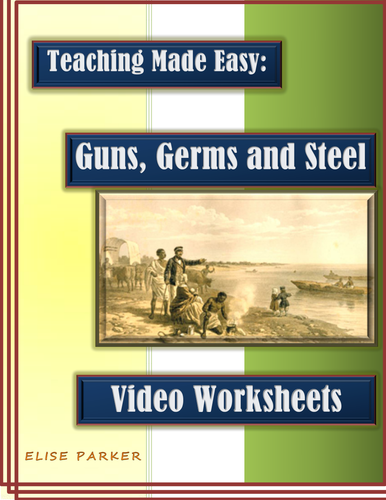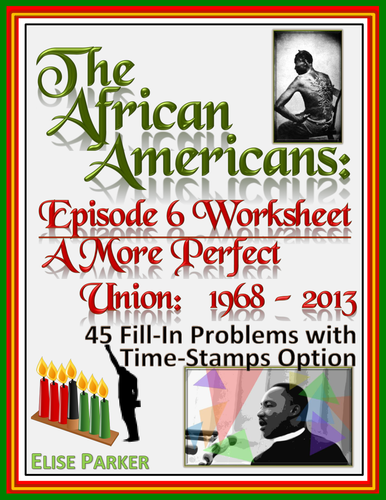Elise Parker
I'm a high school teacher in the United States with more than 20 years experience teaching history and English! I believe in making learning fun and incorporating critical thinking skills, as well as building lessons that provide teacher convenience features!


